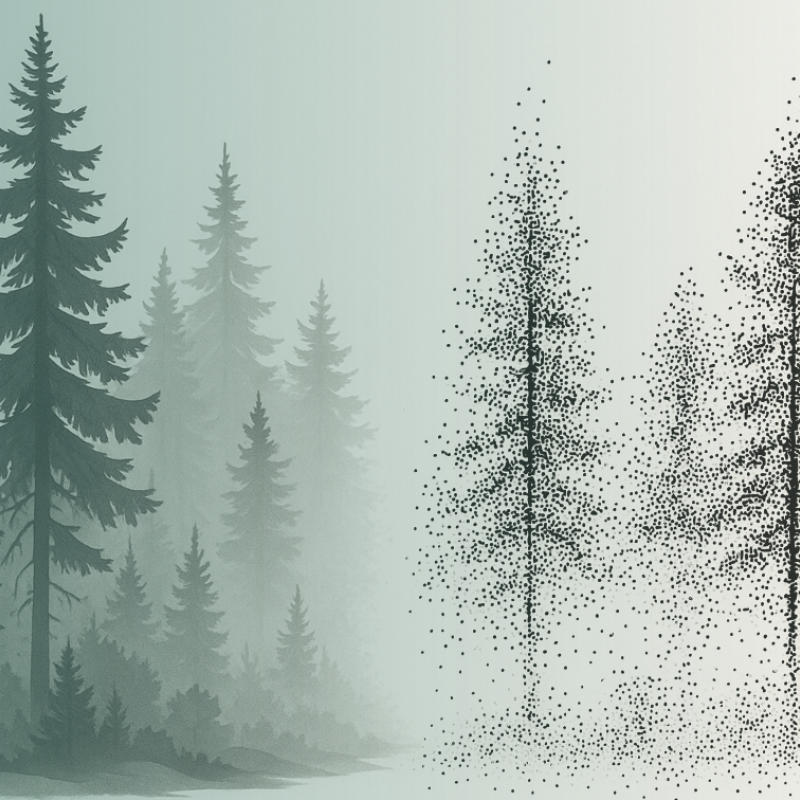Aksel Granhus
Avdelingsleder/forskningssjef
Sammendrag
Based on data from 58 stands located in three different regions within Norway, this study presents new models for quantifying growth characteristics of young, planted trees of Norway spruce (Picea abies (L.) Karst), a species that forms the backbone of the Norwegian forestry sector. The study focused on well-established, sufficiently stocked plantations to capture their inherent growth patterns. The presented models predict total tree height and the number of years required to reach a diameter at breast height of 5 cm for dominant and average-sized individuals, using common tree- and stand-level metrics. The study’s findings indicate enhanced growth of young spruce stands compared to growth dynamics observed in the 1960–1970s, likely due to improved growing conditions. The models presented here are an improvement over existing similar models and can be used in future forest growth and yield simulations. The study also aimed to provide a means to predict diameter distributions of young spruce plantations. While the results suggested significant differences between observed and predicted distributions, this still represents progress as there are currently no tools to estimate diameter distributions of young spruce plantations in Norway. Further research is recommended to corroborate the findings across a larger number of sites and to consider larger sample plots for potentially more accurate diameter distribution predictions.
Forfattere
Aksel Granhus Ulrika Jansson Kjersti Holt Hanssen Jørund Rolstad Ignacio Sevillano Ken Olaf StoraunetSammendrag
Det er ikke registrert sammendrag
Sammendrag
Blandingsbestand av gran og furu kan bidra til å opprettholde og til og med øke produktiviteten i barskogbestand, spesielt på midlere boniteter og under utfordrende klimaforhold. Det er en av konklusjonene til artikkelforfatterne som har studert produktivitet og motstandsdyktighet i norske barblandingsskoger.
.jpg?quality=60)
Divisjon for skog og utmark
Foryngelse av gran ved planting - ForGran
Svenske og norske undersøkelser viser stor avgang i plantefelt de første årene etter utsetting. Dette innebærer et stort tap både for skogeierne, skognæringen og for samfunnet. Målet med dette prosjektet er å avdekke årsaker til den store avgangen i plantefelt for gran og bruke denne kunnskapen til å gi veiledning om avbøtende tiltak.

Divisjon for skog og utmark
A Decision Support System for emerging forest management alternatives
This project aims to develop advanced tree growth models using LiDAR-derived, high-density point cloud data to improve the simulation of forest dynamics under close-to-nature silvicultural practices. By modeling tree-level growth in structurally complex and heterogeneous stands, these models will support more accurate, spatially explicit forest simulations and inform sustainable and diversified forest management decisions.
